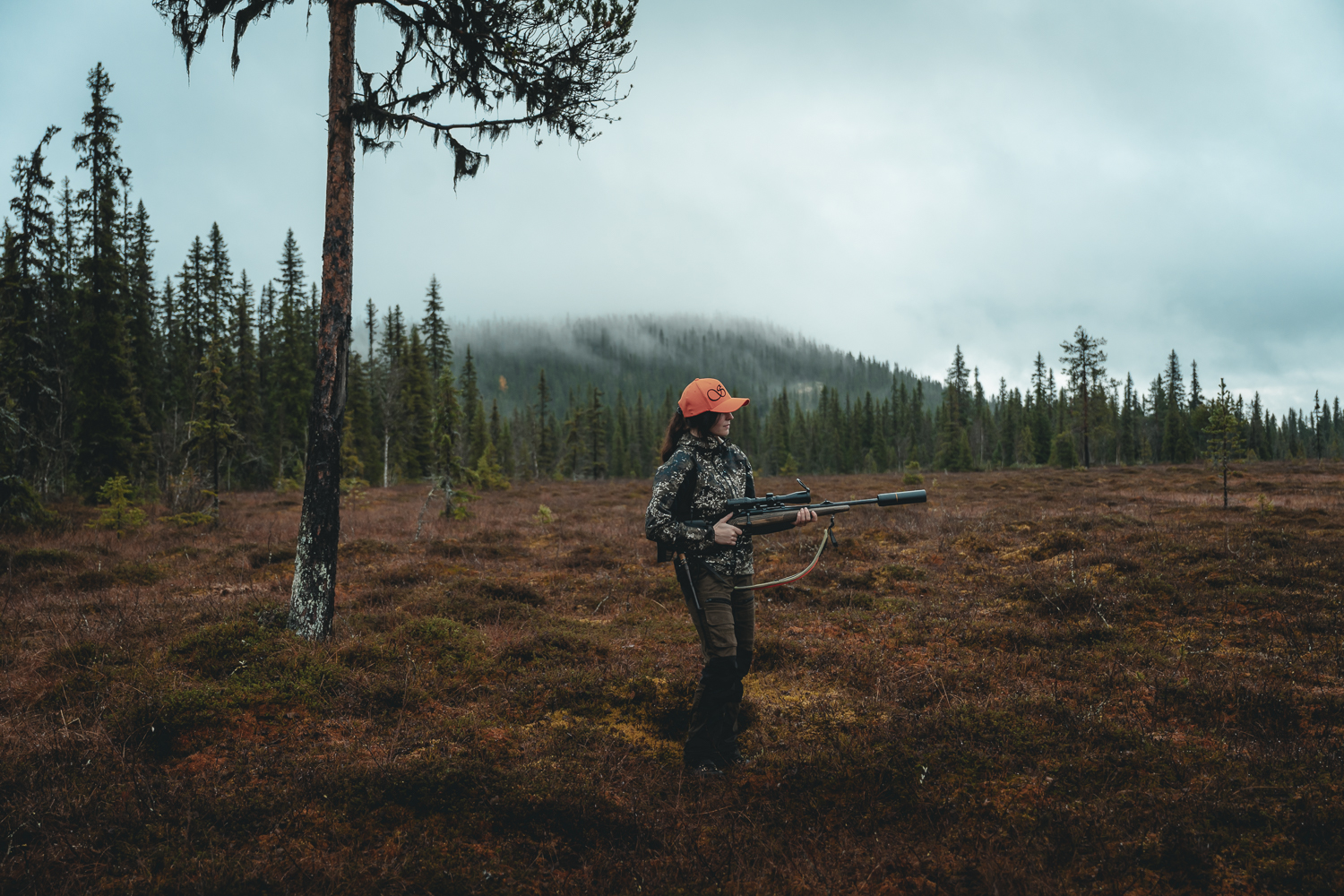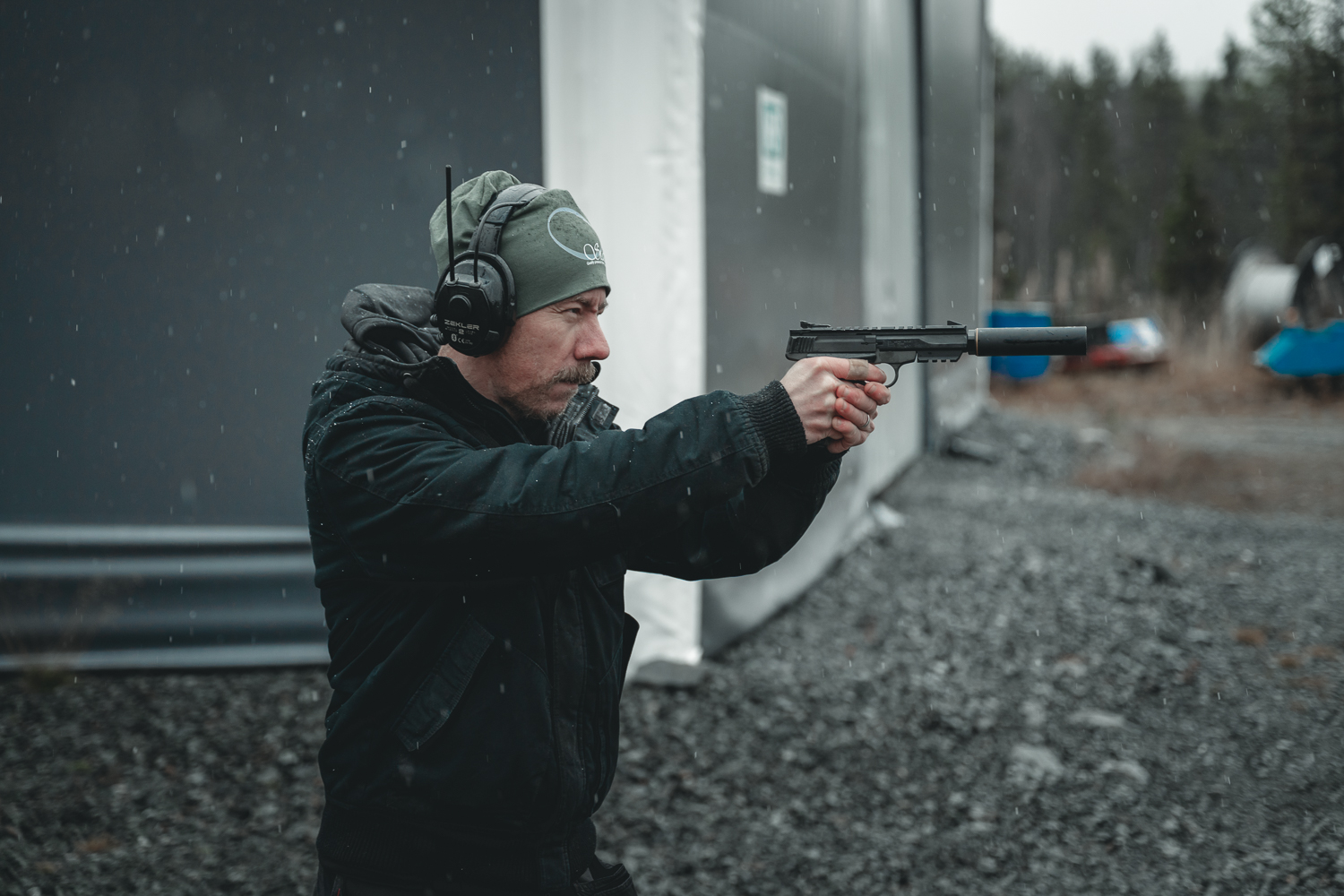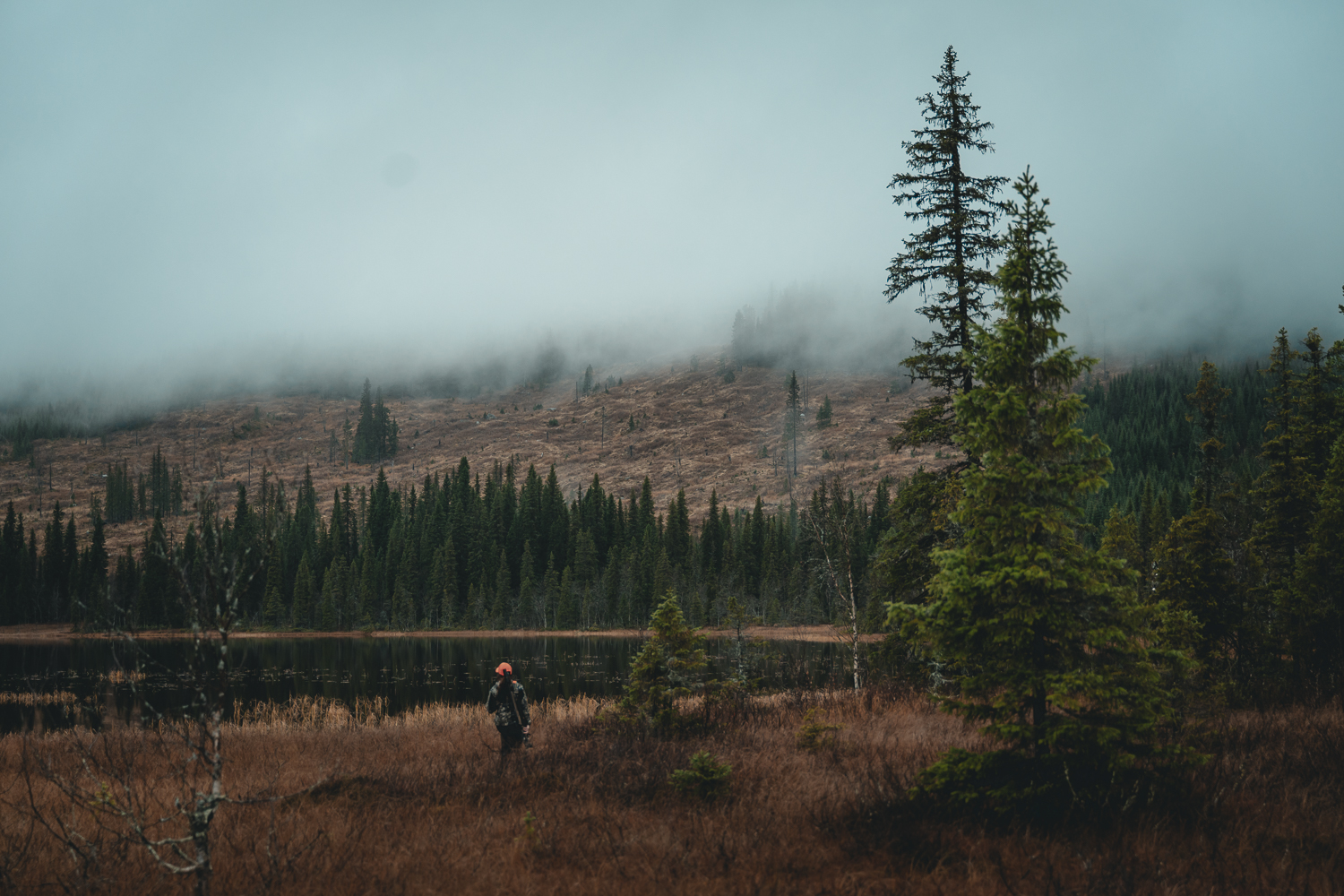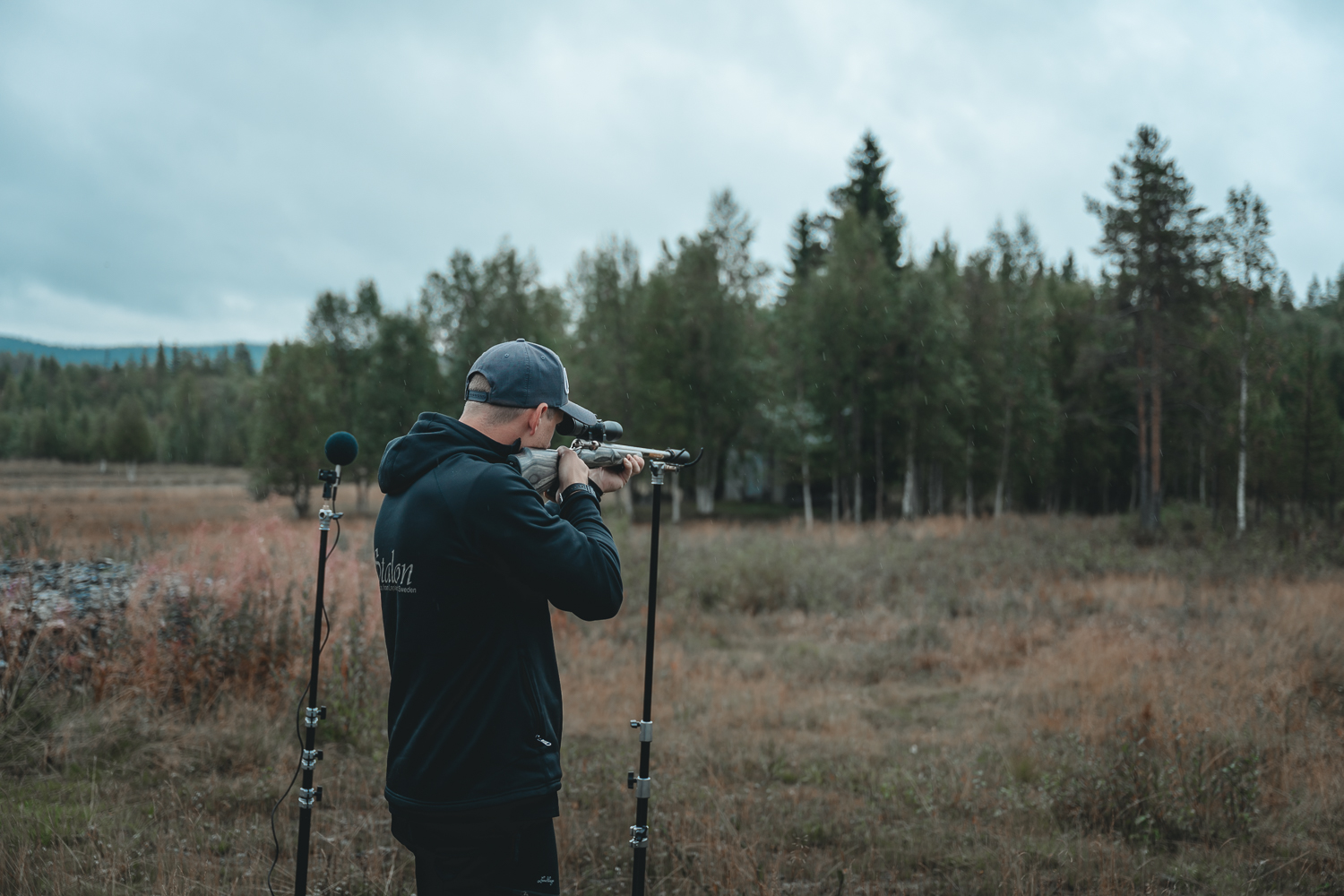Why does the first shot sound louder? FRP and silencers for hunting
Have you ever noticed that the first shot through your silencer sounds louder than the ones that follow? That’s no coincidence. In the silencer industry, this well-known phenomenon is called FRP — First Round Pop.

WHAT IS FIRST ROUND POP?
First Round Pop occurs when you fire the very first shot through a silencer. The first round often produces a higher decibel level than subsequent shots, something most shooters notice immediately.
The explanation lies in the physics behind the explosion. Before the first shot, the silencer is filled with oxygen. This oxygen allows the flame from the burning powder gases to continue combusting inside the silencer, which increases pressure and makes the first shot louder.

WHY DOES THE NOISE LEVER DECREASE AFTER THE FIRST SHOT?
After the first round, the conditions inside the silencer change. The oxygen is replaced by powder gases that effectively displace it. When you fire again, those gases have already consumed the oxygen that would otherwise have contributed to additional combustion.
HOW CALIBER AFFECTS FIRST ROUND POP
The caliber you use is one of the most significant factors in how strong the First Round Pop becomes. High-pressure calibers, such as .223 Rem or 6.5 Creedmoor, tend to produce a more noticeable FRP. The higher gas pressure expands faster and more violently, igniting and expelling oxygen inside the silencer more explosively.
Lower-pressure rounds, like .22LR, 9mm, or subsonic 300 BLK, generate a softer and more controlled gas expansion. The result is less FRP, since the gas volume is smaller and the transition between gas and atmosphere happens more gradually.

HOW THE TIME BETWEEN SHOTS AFFECTS PRECIEVED SOUND
Another factor influencing perceived sound is the time between shots. After firing a few rounds, the silencer becomes filled with powder gases, reducing FRP. However, if you let it cool for 10–15 minutes, it will refill with oxygen, and the next shot will likely produce another First Round Pop.
ENVIRONMENTAL AND DESIGN IMPACT ON FRP
Temperature, humidity, and silencer design also play a role. A hunting silencer made from stainless steel behaves differently from a lighter aluminum model. The same applies to silencers with varying internal volume or baffle structure.

WHEN PHYSICS AND DESIGN WORK TOGETHER FOR AN EFFICIANT SILENCER
First Round Pop happens because the first shot ignites the oxygen inside the silencer. Once that oxygen is replaced by powder gases, subsequent shots become quieter. It’s a natural part of how silencers work, and a clear example of how physics, chemistry, and precision come together in the design of an effective silencer.










